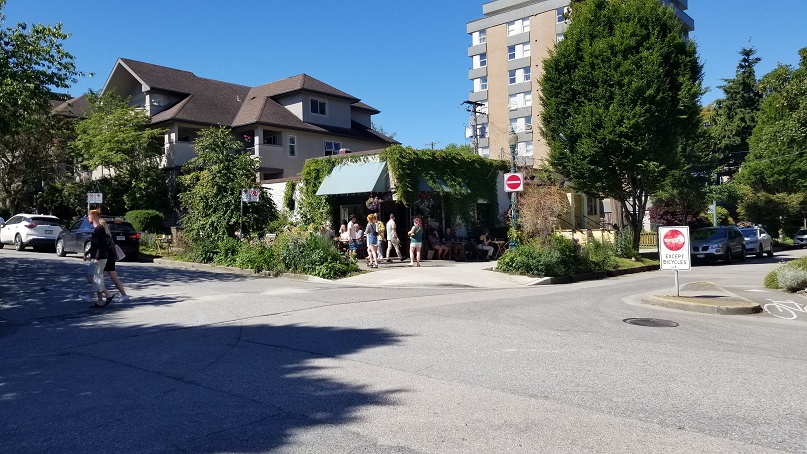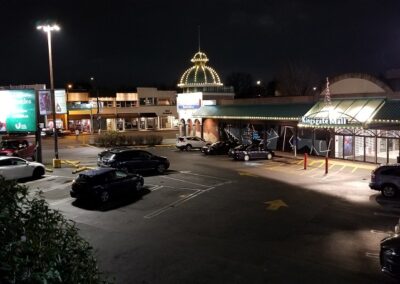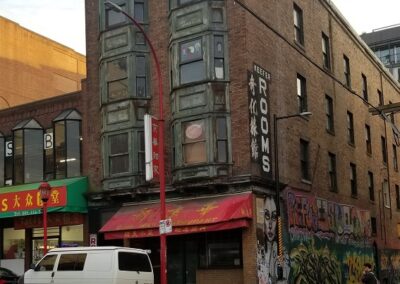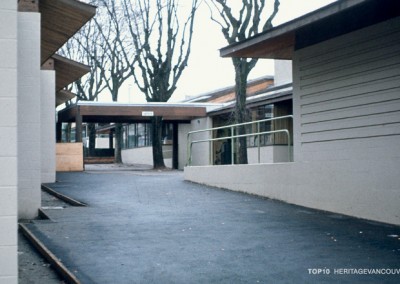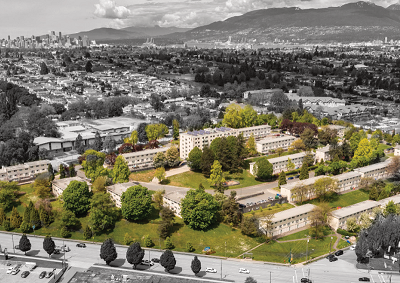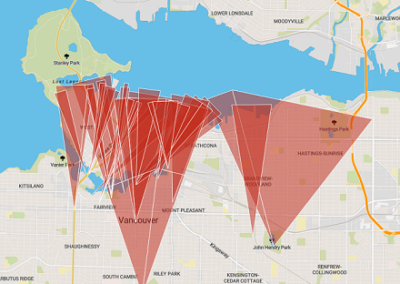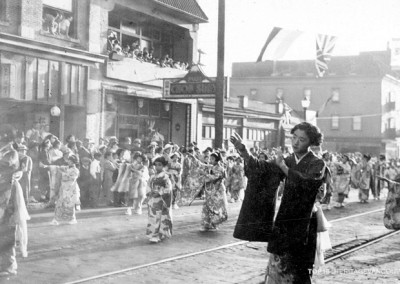Last year we put neighbourhoods on the Top10 list because of the significant change in how government and policy makers see neighbourhoods and neighbourhood planning in Vancouver. Because there is a strong sense in housing discussions that neighbourhood residents obstruct housing from being built, there has and will most likely be (more) significant action taken by governments to intervene for the greater good.
About
The adoption of the Broadway Plan and Vancouver Plan are attempts at attaining some degree of housing affordability by opening up all areas of the city to more density. As is often mentioned, most of the city is zoned for single family housing. The Vancouver Plan states that “more than one-half of Vancouver’s land is reserved for only 15% of the homes and therefore the Vancouver Plan will introduce a Land Use Strategy in order to make neighbourhoods inclusive and more equitable.
A common complaint in housing discussions is that neighbourhood groups have too much power and NIMBY interests prevent housing from being built. The example often used to illustrate this is the opposition (and lawsuit) by a group of residents in Kitsilano to a housing project at 7th and Arbutus.
Last year Vancouver’s planning department rescinded eight neighbourhood plans. At the end of October this year, the City repealed more than ten, such as Sunset Community Vision, Riley Park/South Cambie Community Vision, Hastings-Sunrise Community Vision and Dunbar-Southlands Community Vision. As reasoning, the City states that these plans are incompatible with current planning objectives or outdated. While that may be true for many of those plans, their creation also involved community involvement and even considerable volunteer time.
Future
The Vancouver Plan notes that partnerships are essential for reaching the vision of the Vancouver Plan and that successful collaboration also includes neighbourhood leaders and residents. But while it has been swift and straightforward to rescind the plans, there is no real indication given to people in the communities of all these areas that they will have a role in forming a new vision.
Given that the housing discussion has become polarized with rigid identities assigned to people in how they think and act, policy and decision makers probably consider community involvement undesirable.
At the beginning of December, with the view that municipalities are not doing enough to address housing, the provincial government took control itself including mandating “transit-oriented development” for areas around transit stations to become high density and scrapping public hearings in cases where the building proposal conforms with the official community plan. Some have raised concerns that the measures are too blunt, do not consider local context and will have adverse impacts. One example might be the effects of concentrating high-density development around the station on small businesses like ones on Commercial Drive. The Housing Minister is unpersuaded.
Last year, we quoted local planning and housing commentator Andy Yan as saying, “To play hardball is also to understand that planning and community building is a team sport.” It may no longer be a team sport.
Additional Resources
https://guidelines.vancouver.ca/policy-plan-broadway.pdf
https://vancouverplan.ca/resources/
We acknowledge the financial assistance of the Province of British Columbia
